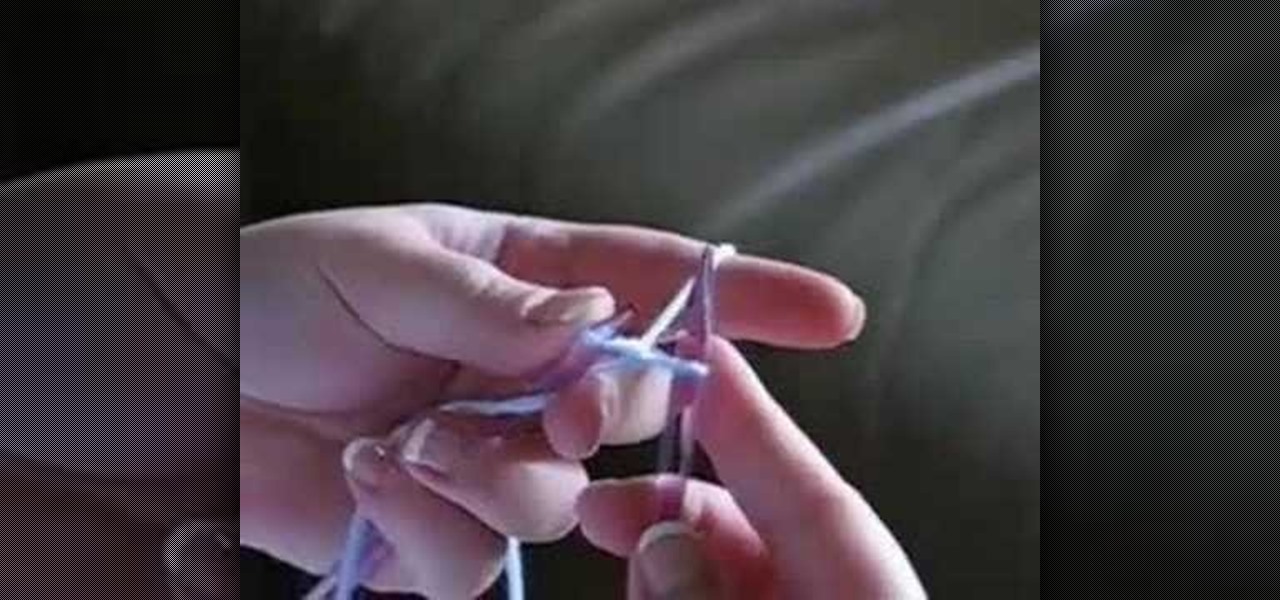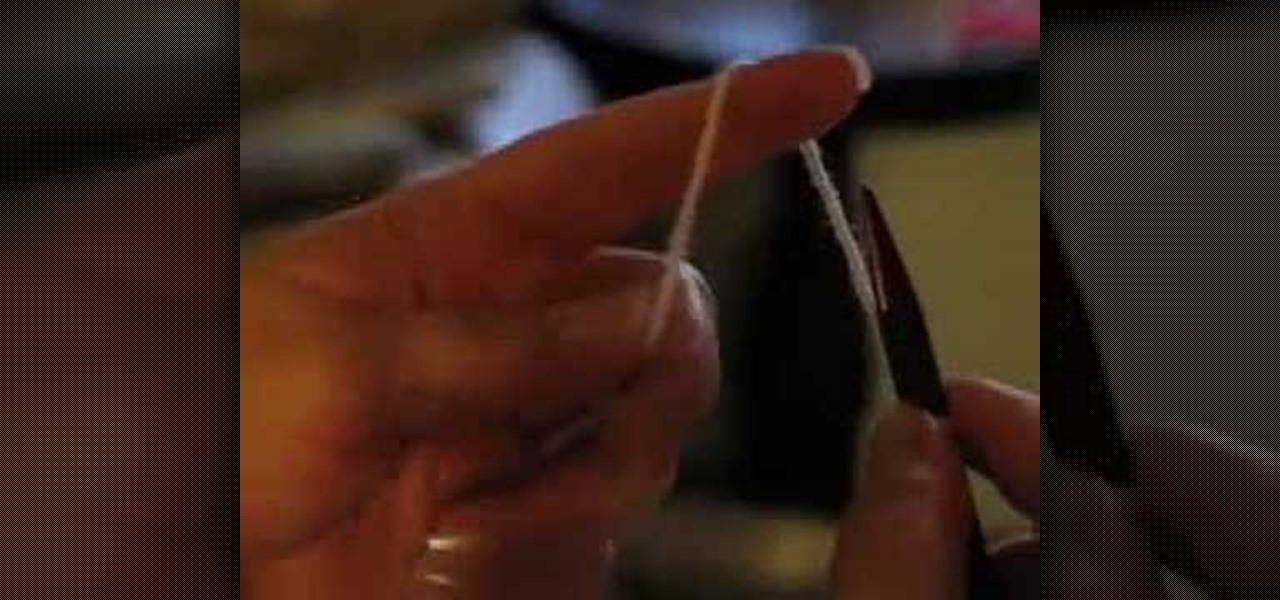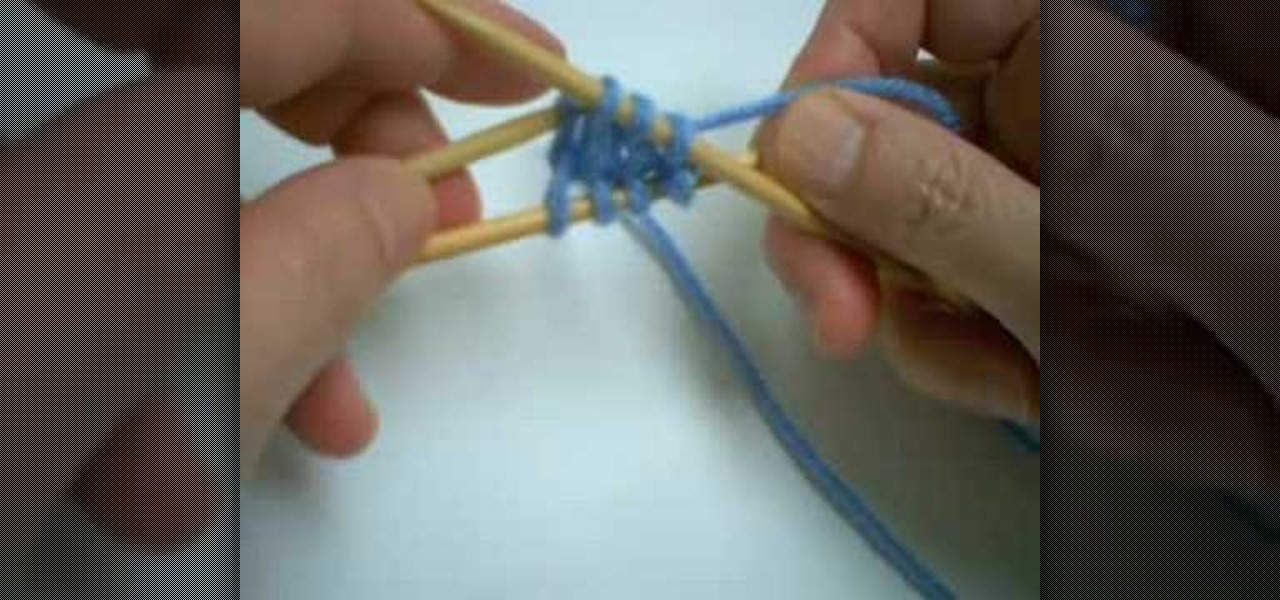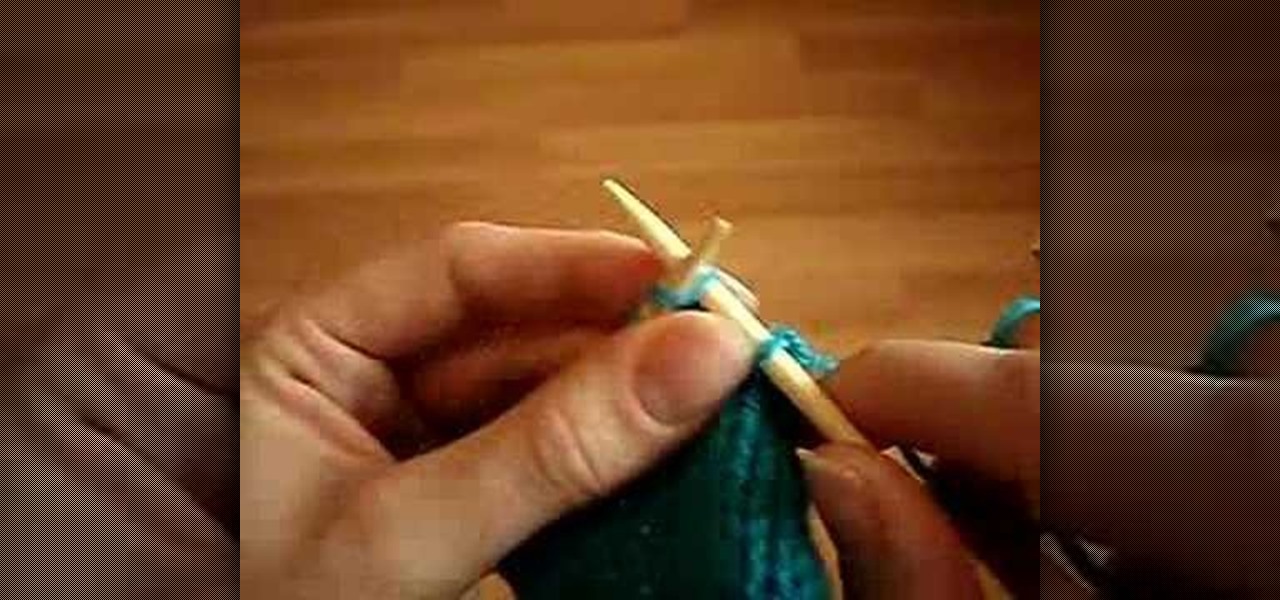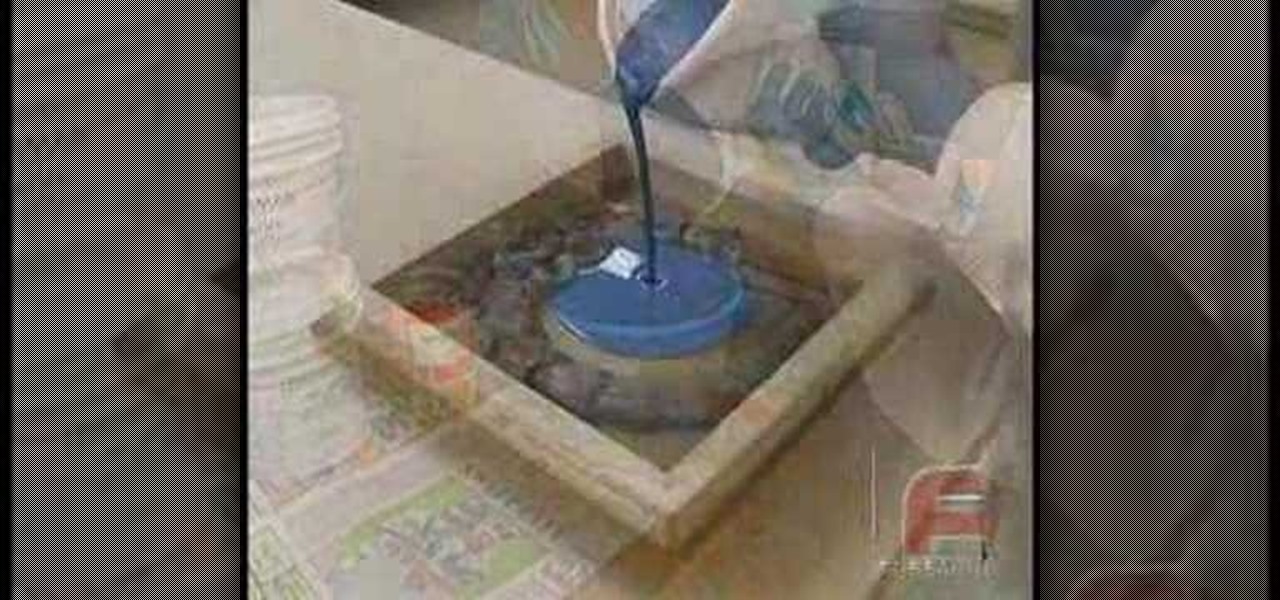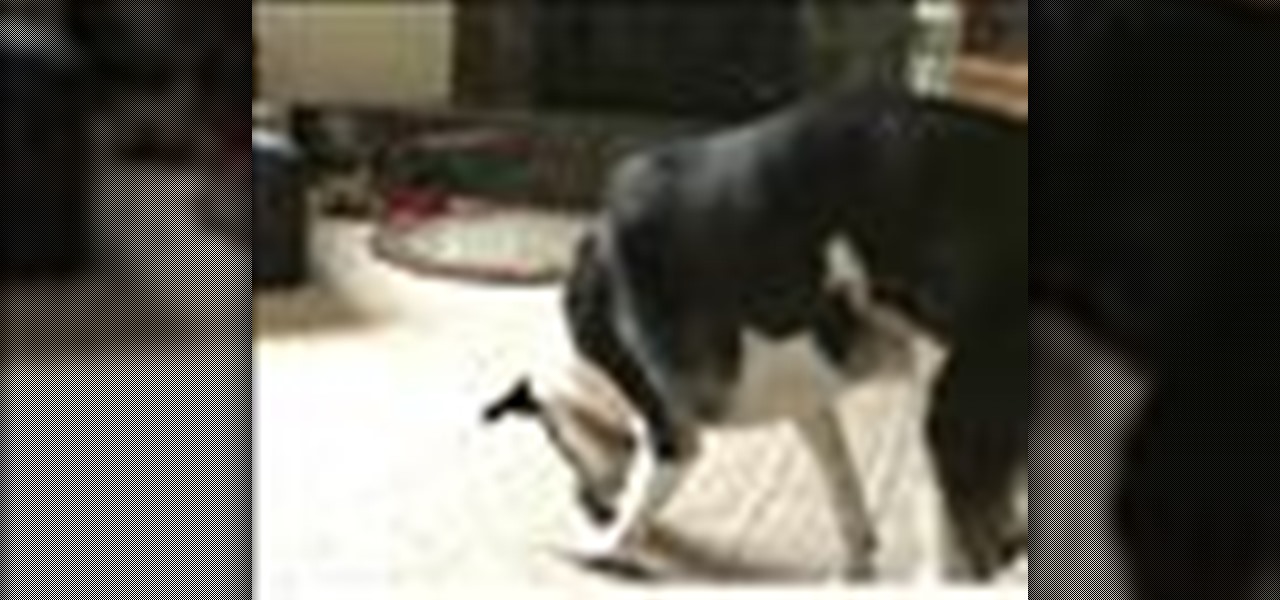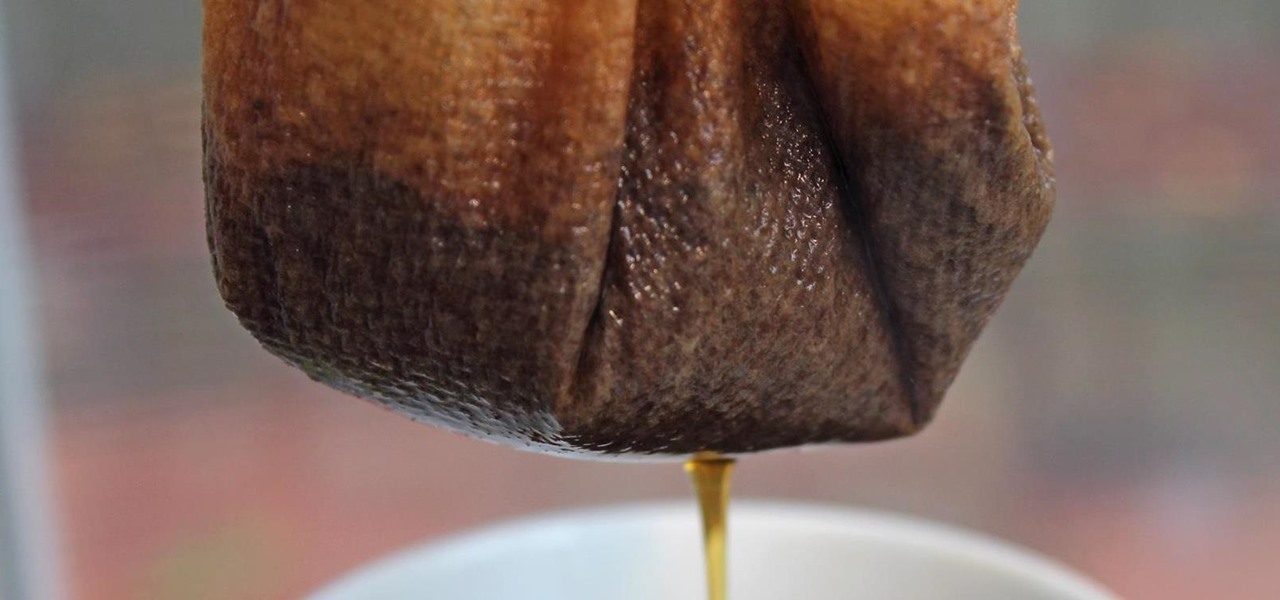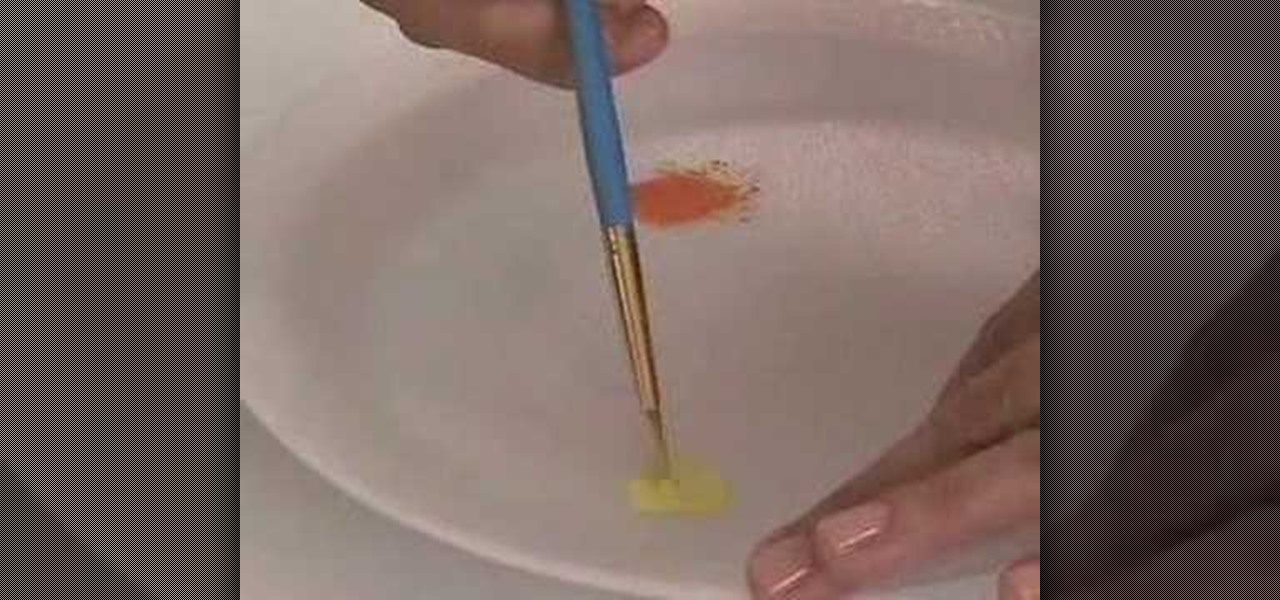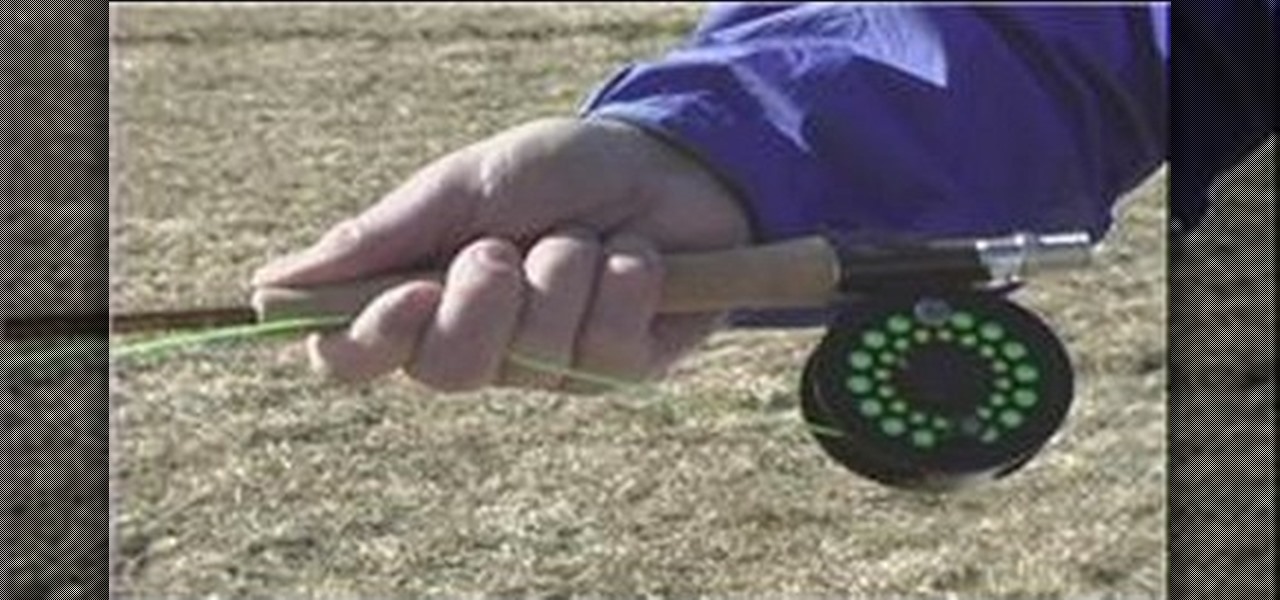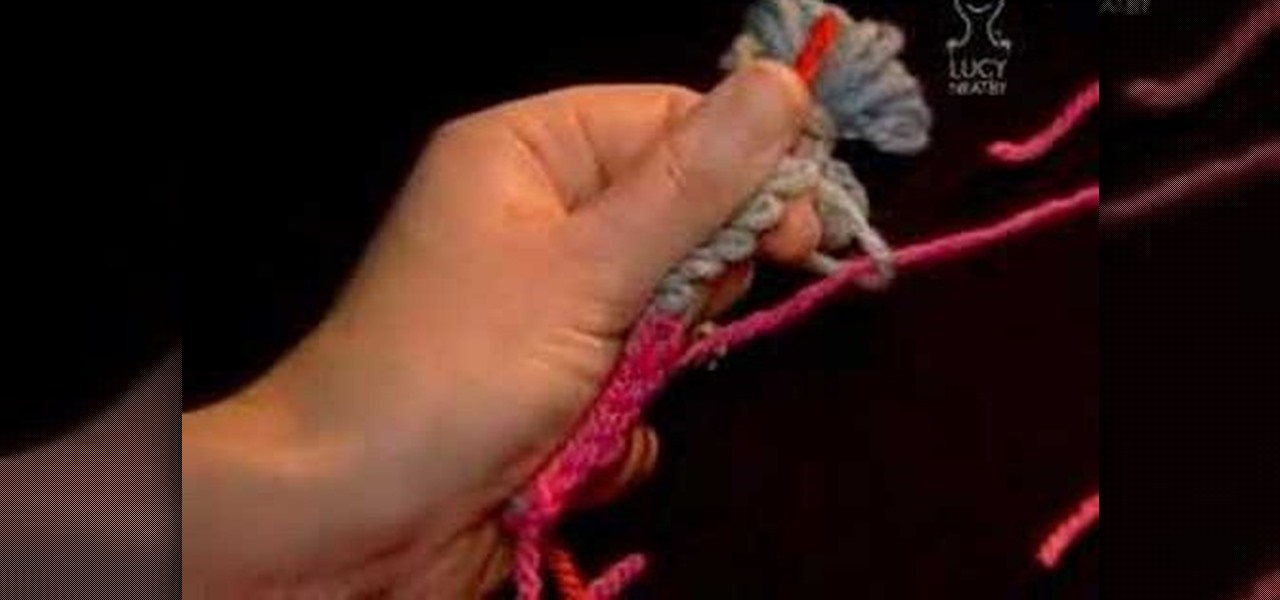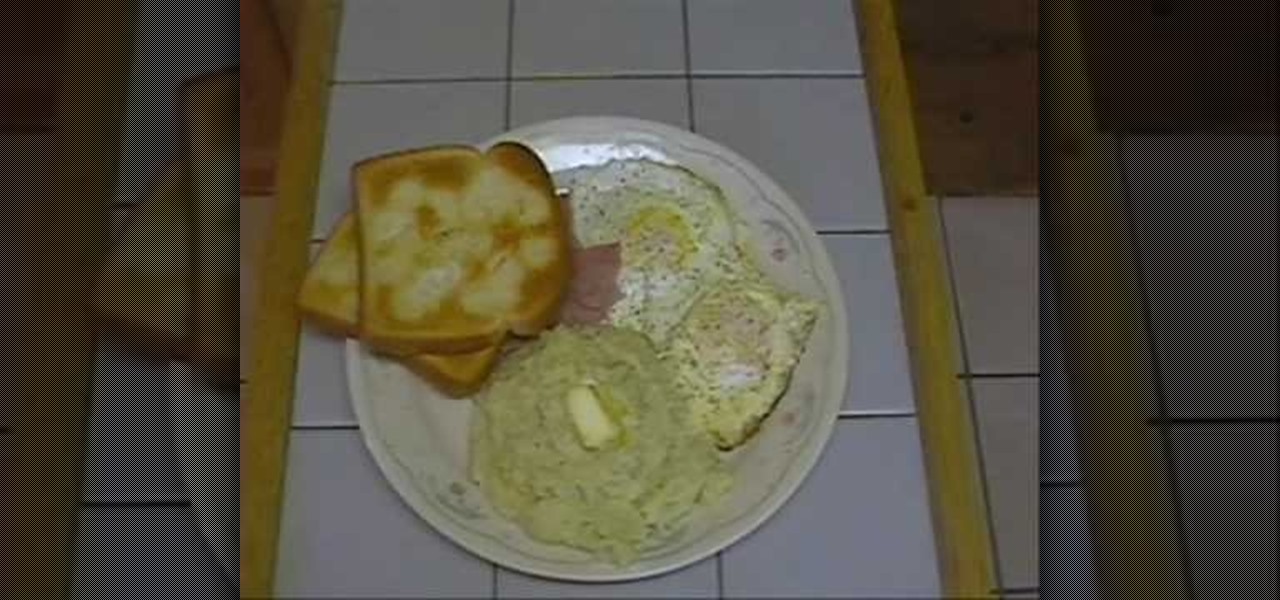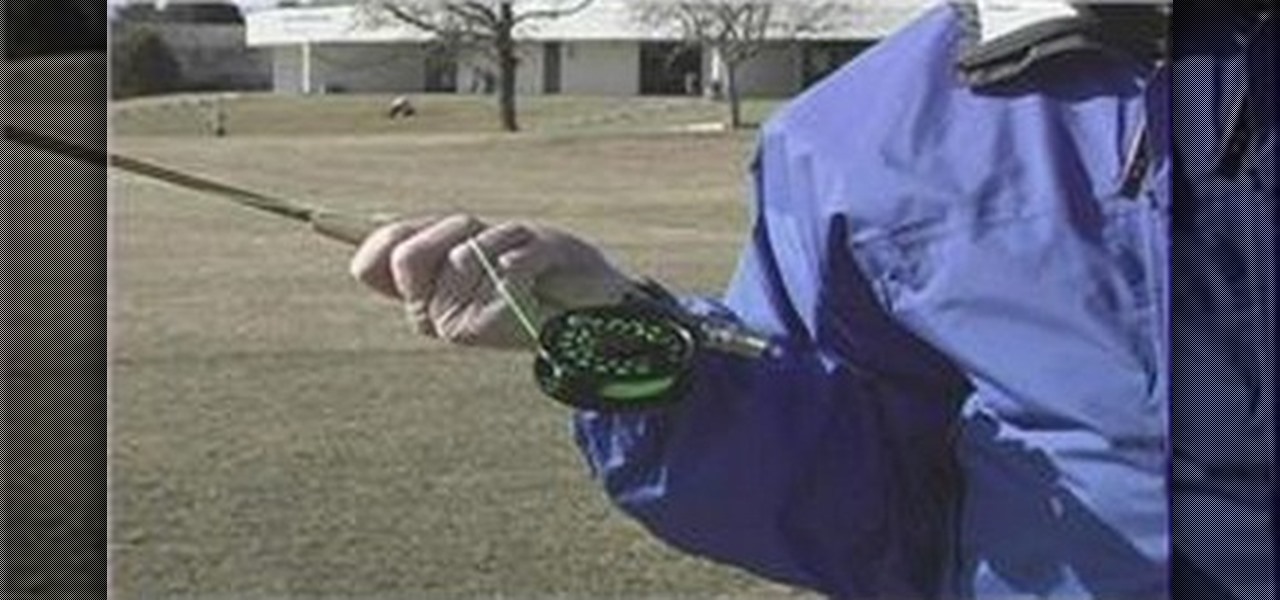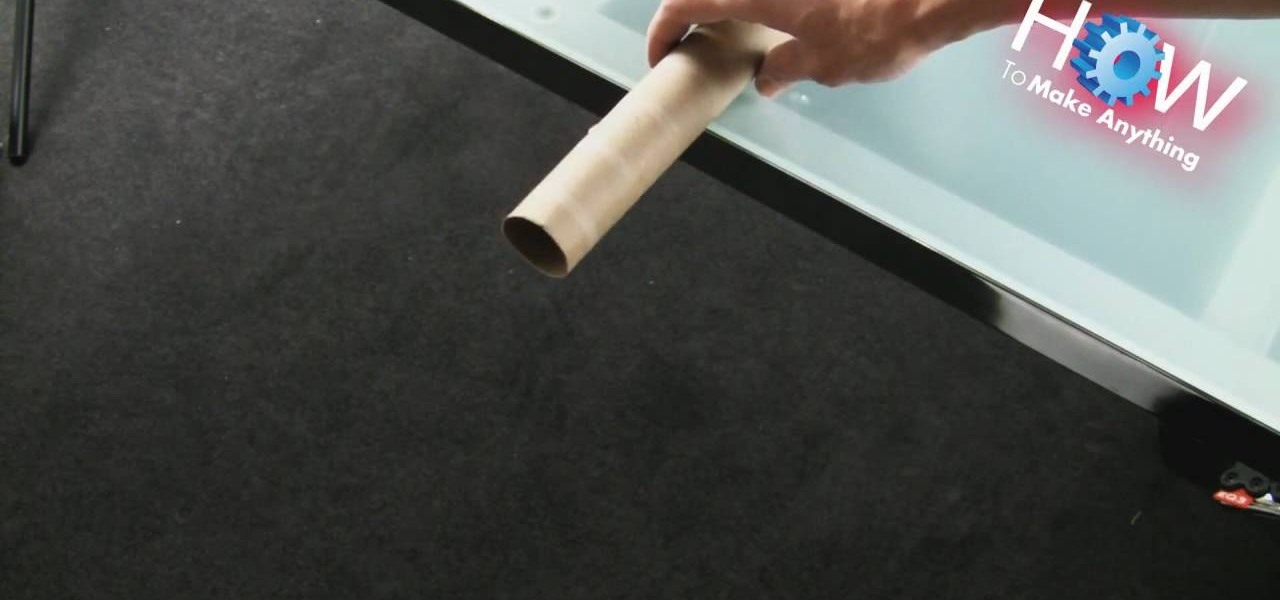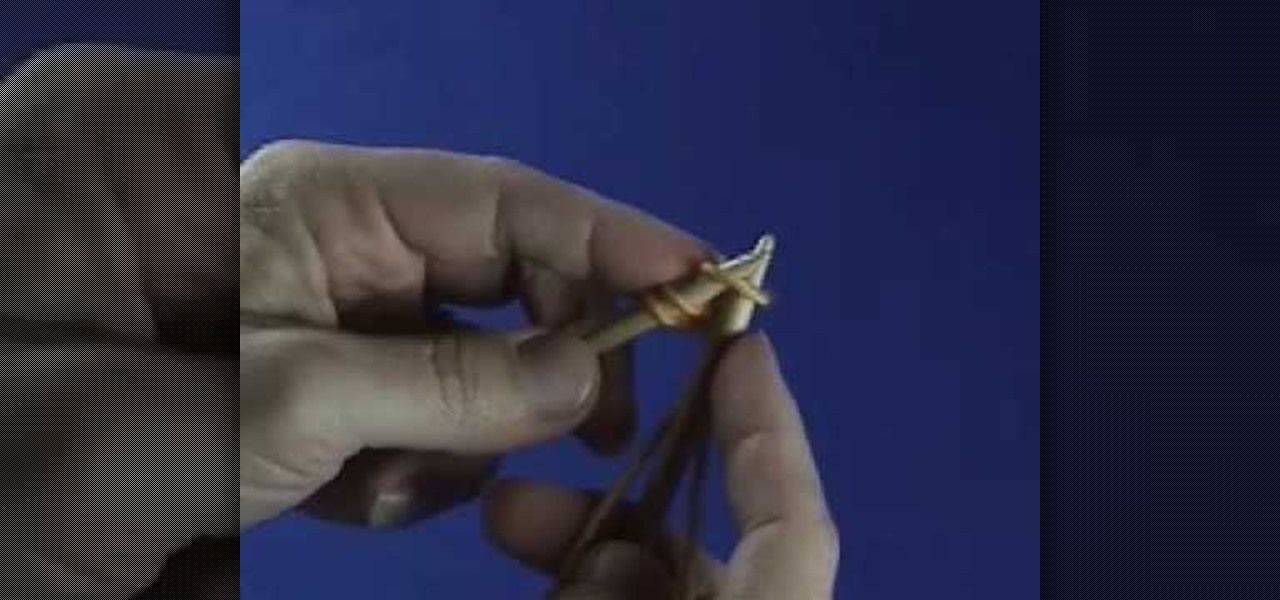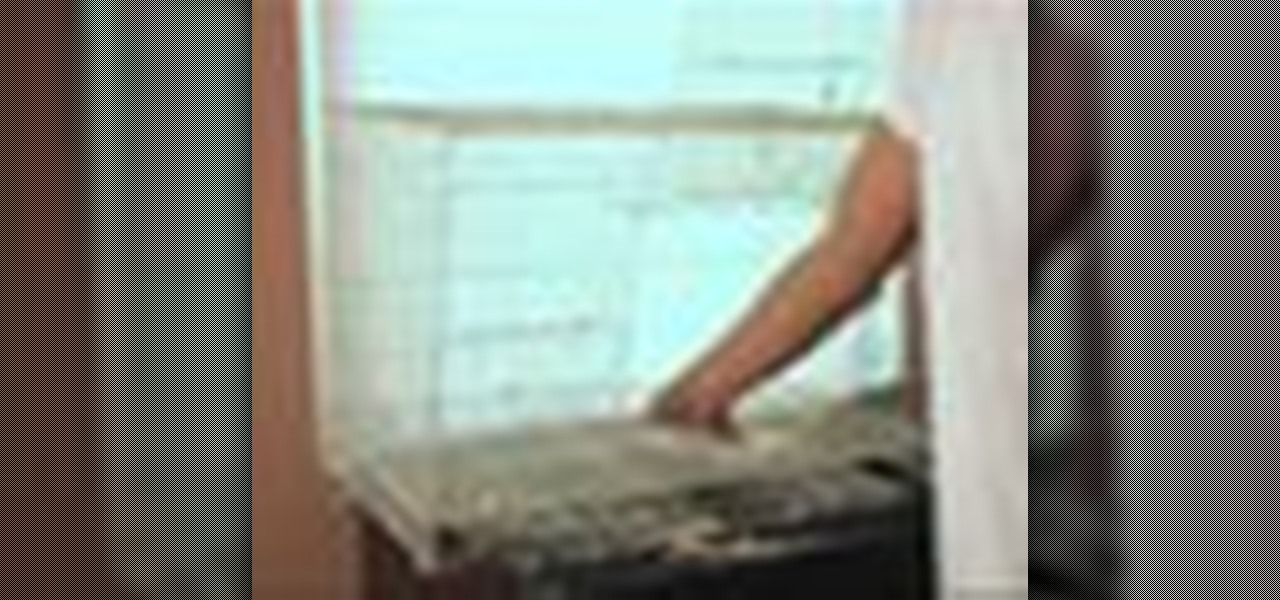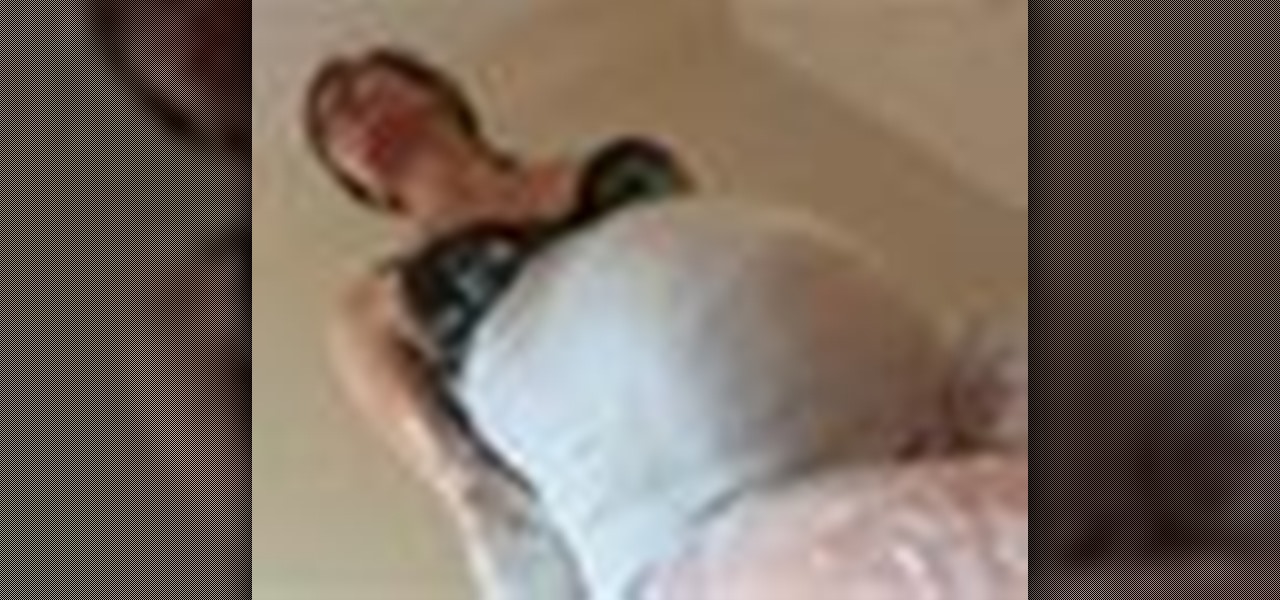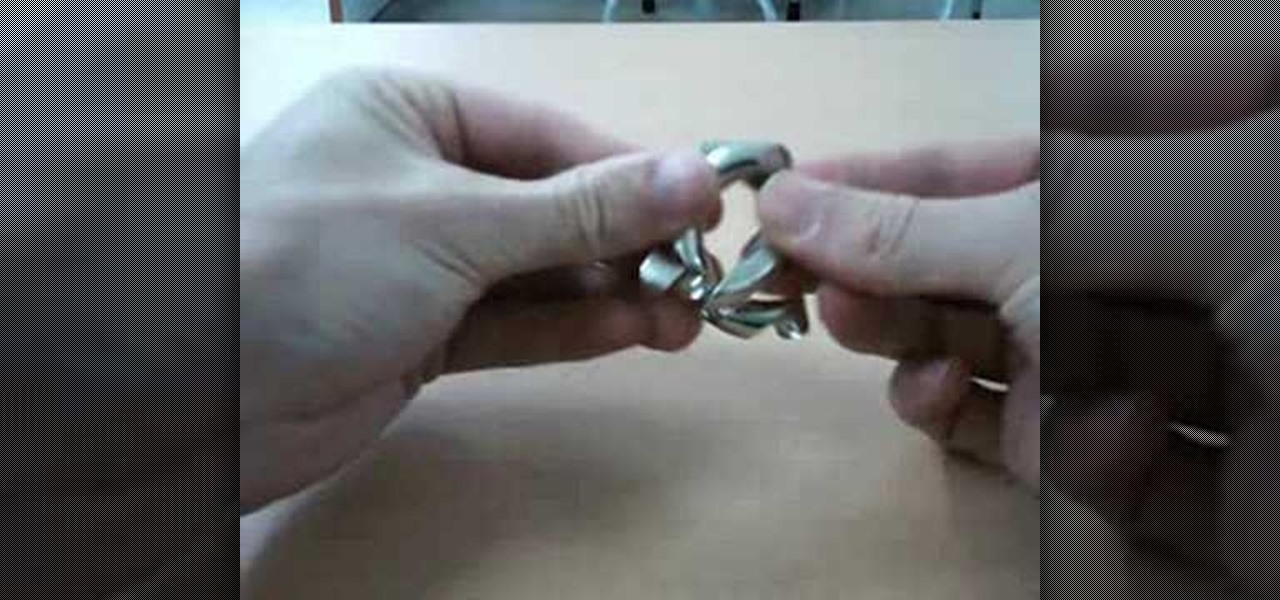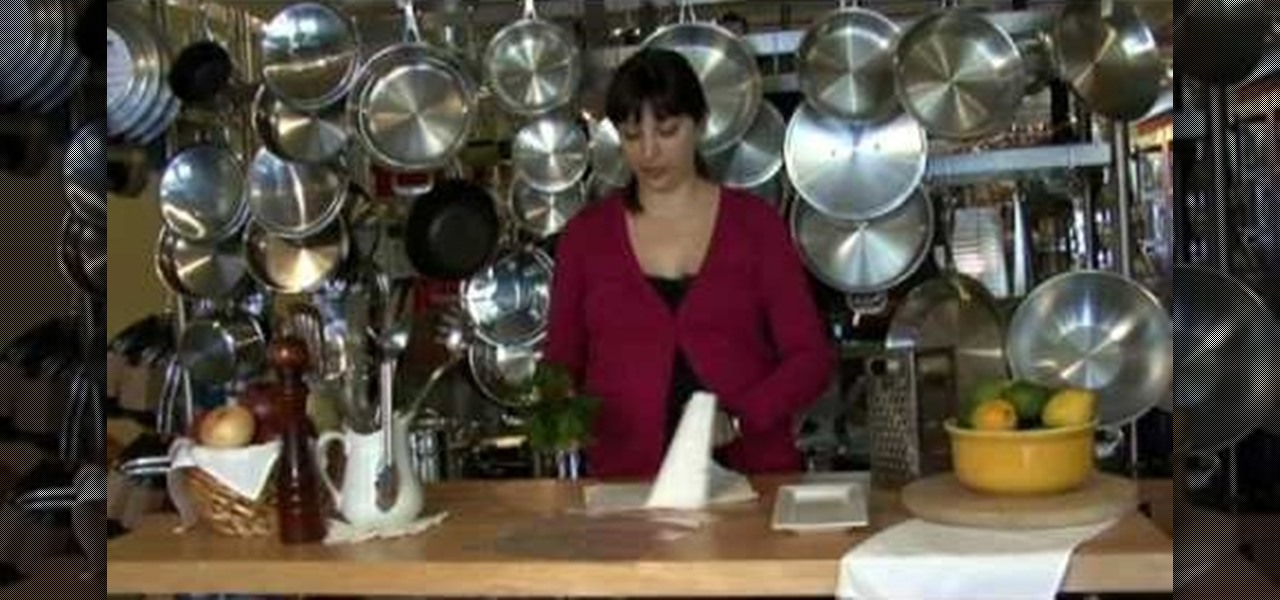
Having a nice supply of fresh herbs from your own herb garden or from the grocery store is a great way to enhance and add flavor to virtually any meal. But, what do you do when you have a surplus of fresh herbs? This video from Food Network offers an easy way to store all those fresh herbs, so you will have them fresh and ready when you need them in the kitchen. First, dry them with a paper towel, wrap them in a paper towel, store in a Ziploc bag and place them in the fridge until you are rea...
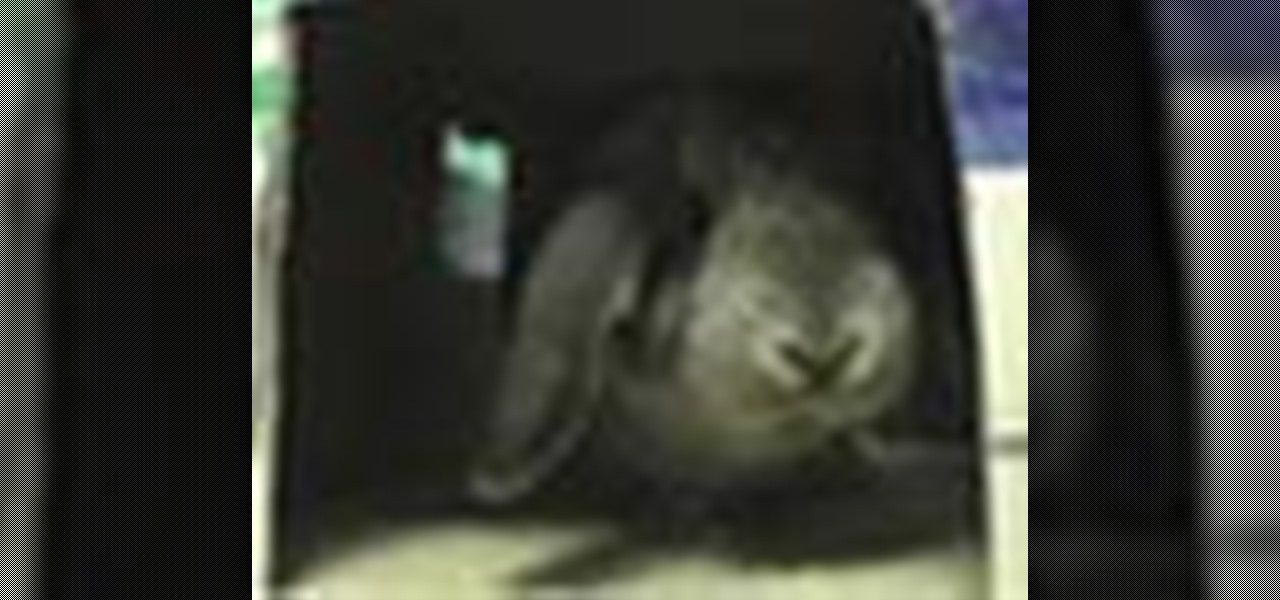
There’s nothing a rabbit likes more than toys they can climb inside, shred, and drag around. With a good pair of scissors, you can make a steady supply of bunny-pleasers that won’t cost you a thing.

If you use your inkjet printer regularly, you’ve probably discovered that the cost of replacing the cartridges can quickly exceed that the printer itself. Refill the cartridges yourself to save some money.

This instructional how-to video demonstrates how to apply a volar slab cast to a patients forearm. Volar slab casts are used for forearm and wrist injuries. Follow along and learn how it's done. All you need to apply a volar slab cast is: web roll, rolled gauze, a bucket of warm water, and plaster slabs.
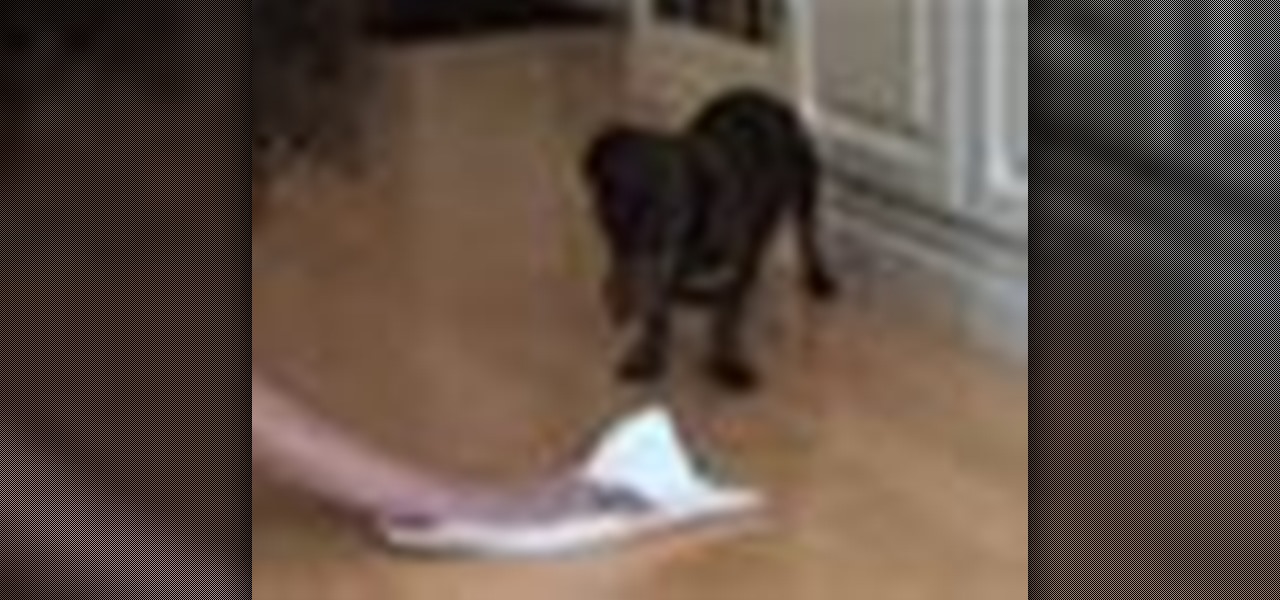
This housekeeping how-to video offers five tips for cleaning up your dog's accidents. Follow along and clean up dog accidents properly with help from the Dog Channel's five tips. Learn to clean up urine or soil, keep your home smelling fresh and prevent future accidents.

This medical how-to video reviews the basics of casting and splinting procedures. Follow along and learn how to splint and cast the wrist and forearm in case of a broken or fractured bone. A splints and casts can be placed in many different positions and aid in stabilizing injuries. Note that this medical procedure is intended for medical professionals.

This instructional knitting video will teach you how to do a knitted cast on. The first step in all knitting projects is casting on. By knitting into each stitch and slipping the stitch from one needle to the other, you can knit a sturdy and even cast on. Knit as many loops as you need to begin knitting your scarf, hat, sock, sweater sleeve, mitten, etc.

Watch this instructional knitting video to knit a backward loop cast on. Your knitting will be as wide as your cast on row if you do not apply any shaping, such as increasing or decreasing. When knitting the backward loop cast on make sure to leave the stitches a little bit loose so it's easy to knit your first row.

Casting a fishing rod can be tricky, and we've all had knots in our spools. This fisherman will show you how to adjust your reel so that you never get knots again. Hopefully this how to video will help you cast a fishing rod like an expert.

The Turkish cast on is a great technique for avoiding the bulk of traditional seams. This video knitting tutorial shows how to knit a Turkish cast on, specifically for rounded doll accessories. Learn how to knit a Turkish cast on with double point needles by watching this instructional video.

This video shows how to cast off in knitting. Casting off is also known as binding off. This video demonstrates the basic cast off method, which is fast and easy to work and produces a firm edge to the knitted fabric.

This excellent detailed video demonstrates how to create rigid molds with a fast cast urethane. Ideal for smaller models/molds with a flat side, fast-cast urethanes are widely used for their ease of use, low cost, and quick de-mold times. However, their use requires careful application of release agents. This process can be used in automotive, mechanical, fine art and film special effects uses.

Making a tutu can be hard, but making a non-sew tutu is nothing but easy. Watch this video tutorial to learn the ins and outs of the non-sew tutu for young children. You can change it up all you want once you get the basics down, but for starting off, use the following supplies:

It Really Sounds Like a Chicken! Have fun with your friends and family when you build this little device that sounds just like a chicken. This is also a great example of how sounding boards work. The cup makes the vibrations louder while the wet paper towel provides friction to create the sound.

This video shows the intricate and exotic practice of creating and folding an elephant from a towel. This practice, while not origami, is still darn awesome.

Learn how to remove pet stains and odors quickly and easily so you no longer have to worry about occasional accidents. These are the items you are going to need: some clean old towels, paper towels,

As an avid coffee drinker, I used to be a big fan of single-serve coffee machines. One day, the machine decided to stop working—which does happen from time to time—so I decided to go old school and use my automatic drip. Then, I realized that all I had were pods of single-serve coffee grinds, and I was all out of regular coffee filters!

In this tutorial, we learn how to clean and store lettuce. Rinsing the lettuce takes a lot of time, but if you do this right and store it right it will last longer in the fridge. Start off by filling up your clean sink with cold water. After this, grab your lettuce and place it down into the water. Soak these for several seconds, then shake them off. Lay them on damp paper towels for several minutes until they are dried off. After you have all your lettuce dried out, you need to roll up your ...

In this Arts & Crafts video tutorial you will learn how to use the cross stitch 'n paint technique. It combines simple back stitching and water color painting. Most of the materials are found in your kitchen. You will need wax paper, paper towels, and a plate to use as your paint palette, some water colors and paint brushes. After choosing your design, back stitch the outline on the fabric. Place the white paper towel over the wax paper and spread the stitched fabric over it. Now you are read...

In this video tutorial, viewers learn how to do a basic cast in fly fishing. Begin by holding the rod like your shaking someone's hand. The fore fingers should be over the fishing line and wrapped around the rod. Do not grip the rod too firmly. Before casting, make sure that you have a certain amount of fly line out at the end of the fly rod. Keep your wrist stiff and elbows to your side as you cast the rod. Now pull back the rod and release the line forward. This video will benefit those vie...

This may be a really short tutorial, but it teaches you a skill that you'll need to use in many future knitting projects: removing provisional cast-ons. Cast-ons are basically the latticework and frame of your knitwork, allowing you to create complex designs without any threads coming loose. These cast-ons are a third hand, if you will.

In order to prepare a Southern breakfast, with eggs, in a cast iron skillet, you will need the following: a cast iron skillet, eggs, a spatula, salt and pepper, grits, ham, toast, and butter.

Fishing is a relaxing hobby that many people pick up and enjoy during the spring and summer seasons. For some, fishing is nothing more than a can and fishing line. But for others, they take it a bit more serious. This tutorial is for those who are interested in taking it more serious. The video shows you how to feather cast on either a spinning and bait casting gear. Each one works differently, but casting lures takes a delicate touch. So good luck, pay attention, and enjoy!

Looking for instructions on how to remove color casting when restoring photos in Photoshop? Look no further. Whether you're new to Adobe's popular image editing software or simply looking to pick up a few new tips and tricks, you're sure to benefit from this free video tutorial from the folks at Britec Computer Systems. This video offers a step-by-step guide on how to get rid of color (or colour) cast when restoring scanned photographs.

A roll cast is a way to throw your rod and catch more fish. Specifically, in fly fishing, a roll cast is performed by tipping the rod back to two o'clock and throwing it as if it were a ball. You would use a roll cast on a windy day to get the best toss. You will learn how to perform this maneuver with help from an experienced fly fisherman in this tutorial. This video will show you exactly what you need to know to roll cast your rod and line. You will learn everything necessary, step by step.

This video involves beauty tips on how to get rid of chapped lips. The video starts out by listing items needed to take care of chapped lips; the first item listed is chap stick. The video specifically recommends a chap stick that has SPF protection. The other items needed are a tooth brush and a clean towel. The video next explains to rub chap stick on your lips. Next, a tooth brush is used on the lips in circular motions to remove dead skin cells. The purpose is to allow your lips to heal m...

This video demonstrates how to caulk windows. For this project, you will need the following: a tube caulk, a putty knife, scraper, a knife or scissors, paper towels, a long hanger or a nail, a caulk gun, a small plastic spoon or a popsicle stick.

How to Make Anything demonstrates how to make a humane mouse trap from a paper towel tube. If you have a pesky mouse that you would like to catch alive, make a tube mouse trap in a few easy steps. First, put something delicious in the end of the tube. Then, balance the tube on the edge of the counter top. Below the tube, place a mouse catching receptacle like a trash can. The mouse will crawl into the tube to get the treat, tip the tube off the counter and be caught in the trash can. You can ...

This is the video about how to perform a single cast on. To work this open cast on you'll need one needle a couple of sizes larger than the needles you'll be using to knit with (or alternately, two needles held together) and a spare length of sturdy yarn several times longer than the length of the finished cast on. Make a slip knot with the working yarn and place it on the needle. For this cast on you only need to leave a short tail -- you'll be working with the yarn coming from the skein. Ho...

A knitted cast on stitch is one of multiple methods for casting on your stitches, and is good for starting a scarf, or the bottom of a sweater. With this tutorial, learn how to do the cast on stitch. Beginning with a loose slip knot, knit a stitch, making sure to replace the original stitch on your left hand needle. This will provide the basis for all the subsequent stitches, making up the amount of necessary stitches you will need to cast off. Keep in mind this is not an elastic stitch, so a...

It's not the best part of owning a pet, but somebody's gotta do it. You Will Need

Immortalize your pregnancy by making a cast of your belly. Watch this video to learn how to Make a pregnancy-belt cast.

So it's Passover right now, and being a Jew in Hawaii is tough! Matzo is hard to find! This quick and easy Passover pizza is a great snack or lunch. Since it’s made in the microwave, it’s also a great recipe for kids to make alone or for college students to make in a dorm room.

Learn how to solve the Hanayama Cast Loop metal puzzle. Hanayama cast iron puzzles are the perfect solution to being bored. This video tutorial will show you exactly how to solve this mind boggling Cast Loop puzzle, which is rated a 1 out of 6 in difficulty by Hanayama.

Cast on? What's that? At first, it might sound like a fishing phrase, but any good crafster would know that casting on is a knitting technique, which can be difficult for new knitters to comprehend. But if you're one of those knitting newbies, don't worry—this video outlines the thumb method for casting on a stitch, and it's easy and gives you a really tight edge on your knitting projects. So, grab your needles and yarn and follow along to become a cast-on pro.

Learn how to do Judy Becker's magic cast-on. Believed to be the best magic cast-on to use.

Check out this detailed video that covers how to mass cast an object with no flat sides. This video is only for very experienced mold makers or the particularly ambitious. When mass casting a part without a flat side, you must create a two-part mold. We create a two-part silicone rubber mold with a clean parting line and then cast the part with Repro. This process can be used in automotive, mechanical, fine art and film special effects uses.

Pre-production is a much less complex process for an indie film than a big-budget one that needs stars and permits and such, but it's still vital to shooting a good film in a timely fashion. This video will walk you through Ryan from Film Riot's entire pre-production process, including script breakdowns, free casting calls, budgeting, getting a crew and locations.

Thanks to Stephanie Meyer, the greater part of the English-reading world thinks that vampires are gorgeous. And casting talented and beautiful actors like Robert Pattinson, Ashley Greene, and Nikki Reed probably didn't help to dispel notions of their beauty.

The pros at the raw bar make it look easy, but it’s all about technique—specifically, the precision placement and leverage of your oyster knife. You will need: fresh oysters, any type, lots of ice, a small brush, an oyster knife, a cutting board, a towel, a wide shallow bowl or platter, lemon wedges, oyster glove and cocktail sauce. Tip: When you are rinsing the oysters, throw out any that are slightly open and don't spring closed at your touch.








